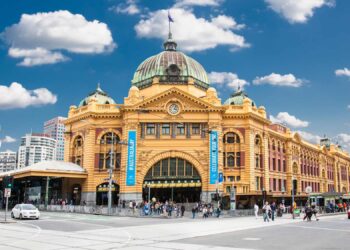The rise followed a 25bps rise to 0.35% in May.
RBA Governor Philip Lowe said the decision was made to hike rates by 50 basis points due to a significant increase in inflation that was higher than expected.
“While inflation is lower than in most other advanced economies, it is higher than earlier expected. Global factors, including COVID-related disruptions to supply chains and the war in Ukraine, account for much of this increase in inflation,” he said.
“But domestic factors are playing a role too, with capacity constraints in some sectors and the tight labour market contributing to the upward pressure on prices. The floods earlier this year have also affected some prices.”
The decision surprised the market as it had been split on a rate rise of either 25bps or 40bps with Joshua Rout, Franklin Templeton fixed income portfolio manager, stating a rise of 25bps was consistent with recent RBA communications while a rate rise of 40bps would get the central bank back on ‘standard’ increments.
“Recent headlines around household energy price rises, shortages of rental properties and still elevated food prices puts the RBA in a very difficult spot,” he said.
“Engineering a soft landing, i.e., cooling but not crashing the economy, is difficult at the best of times. Doing so when the root cause of the overheating is arguably supply-side driven is near impossible.”
Franklin Templeton’s base case was that the RBA hikes rates at the next few meetings before switching to quarterly rate increases starting in August. This was in stark contrast to current market pricing of over 300bps of rate increases over the next 12 months (including today).
Scott Solomon, associate portfolio manager at T. Rowe Price, said the over-arching question was where the terminal rate would land.
“Since the May release, the market has brought their forecast down to 2% by year’s end. This brings the market in-line with our thinking as we’ve maintained the market was too aggressive pricing in rate hikes.”





